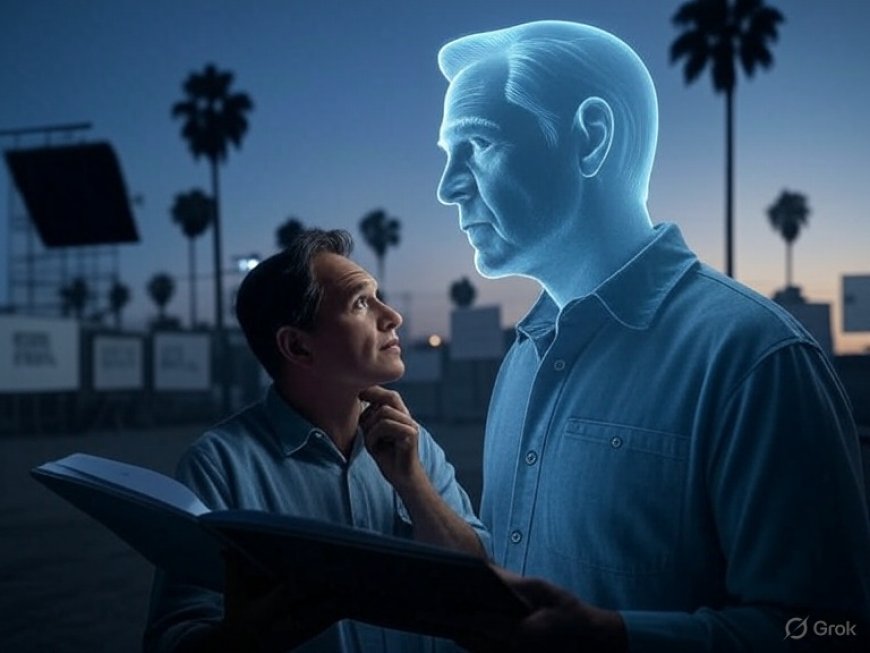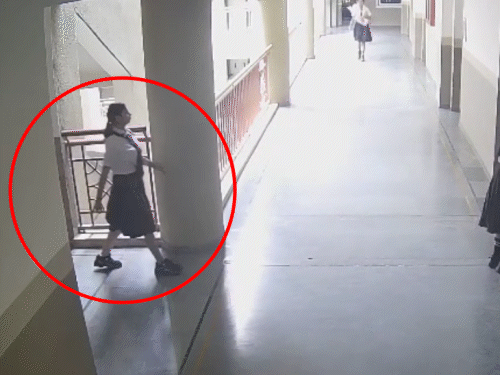Hollywood’s AI Reckoning: Why Labor Tensions Are Far from Over
Hollywood’s 2023 strikes may be over, but the debate around AI, creative rights, and intellectual property continues to haunt the industry. Learn how studios, writers, and actors are navigating post-strike uncertainty.

By Ronald Kapper, NewsSutra
Hollywood’s creative class may have resolved the dramatic stand‑offs of 2023—the Writers Guild of America (WGA) and SAG‑AFTRA strikes are officially history—but the friction over artificial intelligence and intellectual property remains visceral. As studios double down on AI investments, legacy labor concerns—and new ones—linger deep in the industry’s production pipeline.
The Stakes: AI and IP in the Post‑Strike Era
The dual strikes of WGA and SAG‑AFTRA in 2023 brought unprecedented union victories. Contracts established strict guardrails: writers retain choice and credit over AI use, and actors must give explicit consent before their likeness or voice can be digitally replicated, with fair compensation mandated hec.edu+15Wikipedia+15Vanity Fair+15Urban Institute+3the-european.eu+3The Guardian+3. Yet these protections—while groundbreaking—are now facing existential pressure as business incentives evolve.
Disney’s recent deepfake experiment involving Dwayne Johnson for a live‑action Moana remake underscores Hollywood’s ambition—and its internal caution. Despite prolonged negotiations, legal worries and union scrutiny ultimately halted the project’s release The Wall Street Journal. That case illustrates the industry's tug‑of‑war: ambitious AI applications on one side, IP and reputational risk on the other.
Labor Vulnerability in a Changing Landscape
Beyond marquee talent, thousands of animators, VFX artists and digital creators are now contending with AI’s expansive potential. According to recent union‑commissioned studies, around 75 percent of studios already reduced or consolidated jobs after deploying generative tools in animation and effects departments Context News. The concern? These workers may soon face uncharted territory around credit, compensation and ownership of the digital assets they help produce.
Meanwhile, screenwriters continue incorporating AI tools in early-stage ideation—from plot outlines to dialogue tweaks. A recent academic study across 23 Hollywood writers reveals a wide spectrum of attitudes: some embrace AI as a brainstorming ally, while others draw a firm line against AI reshaping their original words, fearing erosion of creative authority equaltimes.org+15the-european.eu+15apnews.com+15apnews.com+9arxiv.org+9The Guardian+9.
Results of the 2023 Strikes: Wins With Long Shadows
The WGA contract ratified in October 2023 capped a 148-day strike that disrupted nearly all scripted production across the U.S. Their deal included pay increases and resilience in the age of streaming, but the centerpiece proved to be AI protections: only credited writers control their work, and AI cannot compete with human-authored scripts Vanity Fair+4Wikipedia+4wgacontract2023.org+4.
SAG‑AFTRA’s own eventual agreement extended similar rights to actors, requiring studios to obtain informed consent before replicating likenesses or voiceprints. The consensus across both unions was clear: AI tools may assist—but they must never replace—the human creative Wikipedia+6the-european.eu+6Los Angeles Times+6.
Present Day: Uneasy Truce Meets Emerging Challenges
Though unions secured historic language, enforcement remains uneven. The terms of “explicit consent” or “compensation structure” are still being sketched out in real cases. Studios are forging ahead with AI pilots, and new questions surface daily: How long does consent last? What residuals apply if AI reuse happens decades later? Can a performer revoke data that trained a model?
Adding complexity is the escalating pace of AI development. As generative tools grow more sophisticated, the legal framework may lag behind technical capability. Some creative professionals call the existing agreements a temporary firewall, not a final settlement—a protective threshold rather than a permanent peace.
Looking Ahead: What Hollywood Must Resolve
-
Clarify legal definitions: Contracts must specify what “AI-generated performance” means and how permissions are revoked or renewed.
-
Institutionalize credit and residual structures: Current deals point the way—but consistent frameworks for reuse or derivative works are still needed.
-
Expand protections down the chain: VFX and animation workers, often left out of headline deals, now demand similar rights and recognition.
-
Balance innovation and heritage: Studios like Disney face mounting reputational risk if AI swallows beloved IP without guardrails.
Hollywood’s labor struggle may have yielded landmark contracts—but the work is far from over. Both sides now confront a rapidly evolving reality that demands vigilance, clear policy, and flexibility. As AI reshapes the way films and shows are written, shot and finished, the industry must ensure that human creators retain agency, credit, and reward.
What's Your Reaction?
 Like
0
Like
0
 Dislike
0
Dislike
0
 Love
0
Love
0
 Funny
0
Funny
0
 Angry
0
Angry
0
 Sad
0
Sad
0
 Wow
0
Wow
0








































































